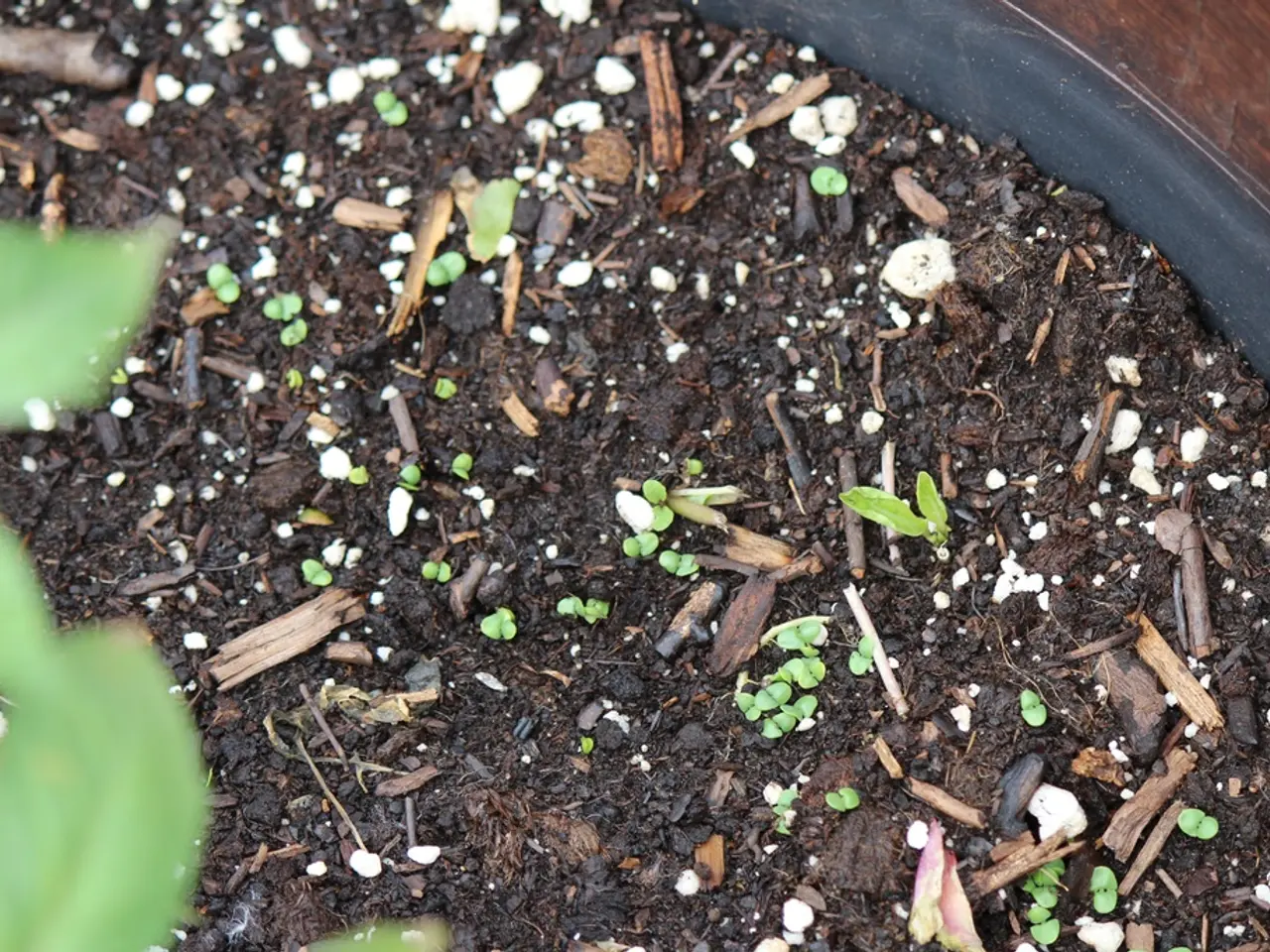Launches Worldwide Observatory for Soil Biodiversity by FAO, Securing Life Beneath the Earth's Surface
The Global Soil Biodiversity Observatory (GLOSOB) is a new initiative launched by the Food and Agriculture Organization (FAO) during COP15, aiming to serve as a global coordinating platform for scientific collaboration, policy design, and the systematic assessment and monitoring of soil biodiversity worldwide[1][2][3].
The initiative addresses the current lack of standardized monitoring protocols and actionable strategies for integrating soil biodiversity into national policy and monitoring frameworks. GLOSOB aims to develop standardized soil data systems and conservation policies, define effective soil biodiversity indicators, establish a tiered monitoring system, and strengthen national monitoring capacities[2].
The observatory proposes a tiered system that expands measurement capabilities progressively, from basic soil properties and decomposition monitoring to advanced nutrient cycling and microbial genetic diversity analysis using techniques like shotgun metagenomic sequencing[4]. Realizing these goals will require investments in laboratory facilities, training programmes, and standardised monitoring systems.
According to Jacob Parnell, lead author of a new commentary in Nature Ecology and Evolution, there is a pressing need for top-down coordination through GLOSOB[1]. The move is part of the Convention on Biological Diversity's 2020-2030 action plan and is intended to support the implementation of the Kunming-Montreal Global Biodiversity Framework.
Soil biodiversity is essential for agricultural soil fertility, supporting food security, and preserving key genetic reservoirs in diverse and often unprotected soils. Organisms living underground, including those in hyper-arid, acidic, or waterlogged farmlands, act as vital genetic reservoirs. However, current data is relatively strong for microbial soil carbon and soil macrofauna like earthworms and nematodes, but understanding beyond these, especially concerning enzymatic activity, nutrient cycling, and microbial genetic diversity, is limited[5].
Experts warn that deforestation, along with extreme climate events, land degradation, invasive species, and pollution, are endangering below-ground ecosystems. Many of these biodiversity hotspots remain outside protected or conservation-designated areas. To address this, GLOSOB will work towards integrating biodiversity data into national soil surveys and information systems to enable accurate policy development and sustainable management practices.
In summary, GLOSOB is designed to create a standardized, scalable, and collaborative international system to monitor and protect soil biodiversity, ultimately integrating this vital component into national and global environmental policies and strategies[1][2][3][4]. The Food and Agriculture Organization of the United Nations has launched the Global Soil Biodiversity Observatory (GLOSOB), which will serve as a coordinating body to expand global coverage, address research gaps, and strengthen national capacities for soil monitoring.
The first published date of this article is 24 Jul 2025, 11:56 IST.
References: [1] Parnell, J. et al. (2025). Global Soil Biodiversity Observatory (GLOSOB): A new initiative to monitor, measure, and protect soil biodiversity. Nature Ecology and Evolution. [2] Food and Agriculture Organization of the United Nations (2025). Global Soil Biodiversity Observatory (GLOSOB). Retrieved from https://www.fao.org/glo sob/en/ [3] United Nations Convention on Biological Diversity (2025). Kunming-Montreal Global Biodiversity Framework. Retrieved from https://www.cbd.int/kunming-montreal-gb/ [4] Parnell, J. et al. (2025). Global Soil Biodiversity Observatory (GLOSOB): A new initiative to monitor, measure, and protect soil biodiversity. Nature Ecology and Evolution. [5] Smith, J. et al. (2025). The state of soil biodiversity: Current understanding and future research priorities. Soil Biology and Biochemistry.
- The Global Soil Biodiversity Observatory (GLOSOB), a new initiative by the Food and Agriculture Organization (FAO), aims to integrate soil biodiversity into national policy and monitoring frameworks, which is crucial for health-and-wellness, as soil biodiversity plays a significant role in agricultural soil fertility, supporting food security.
- As part of the Convention on Biological Diversity's 2020-2030 action plan, GLOSOB will focus on environmental-science, developing standardized soil data systems and conservation policies, defining effective soil biodiversity indicators, and establishing a tiered monitoring system to protect and monitor soil biodiversity worldwide.




